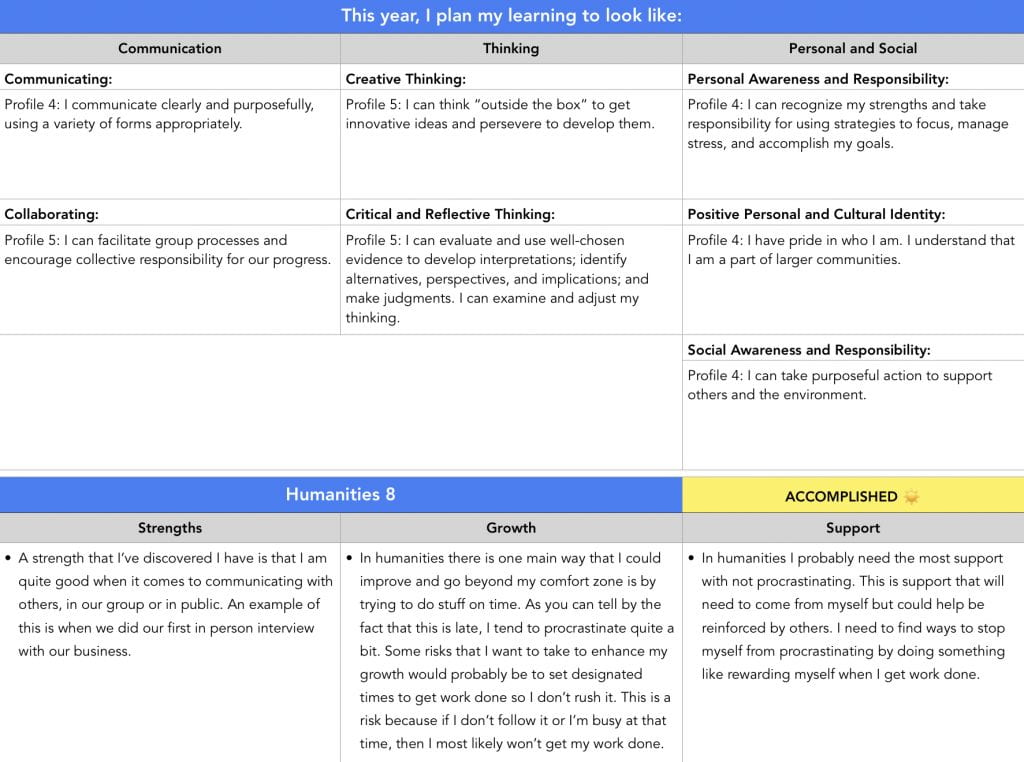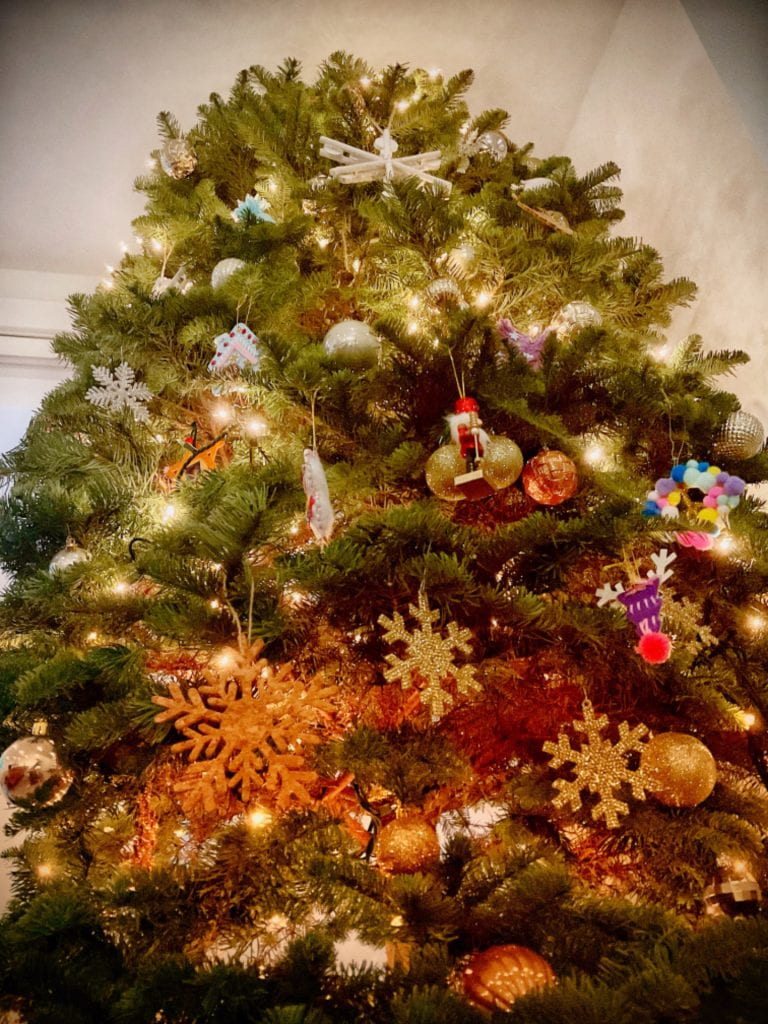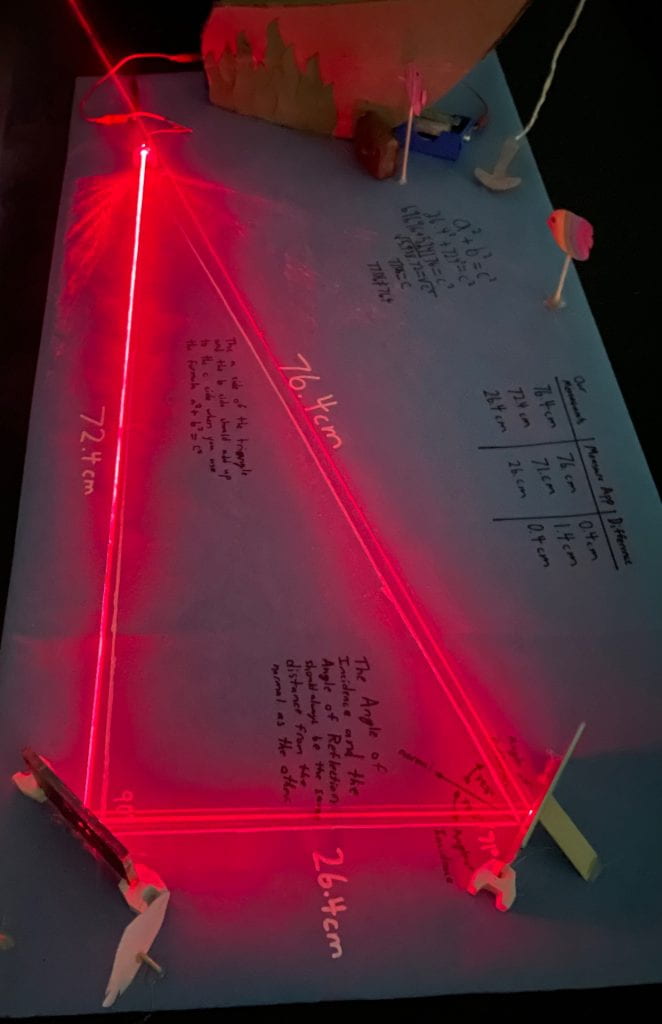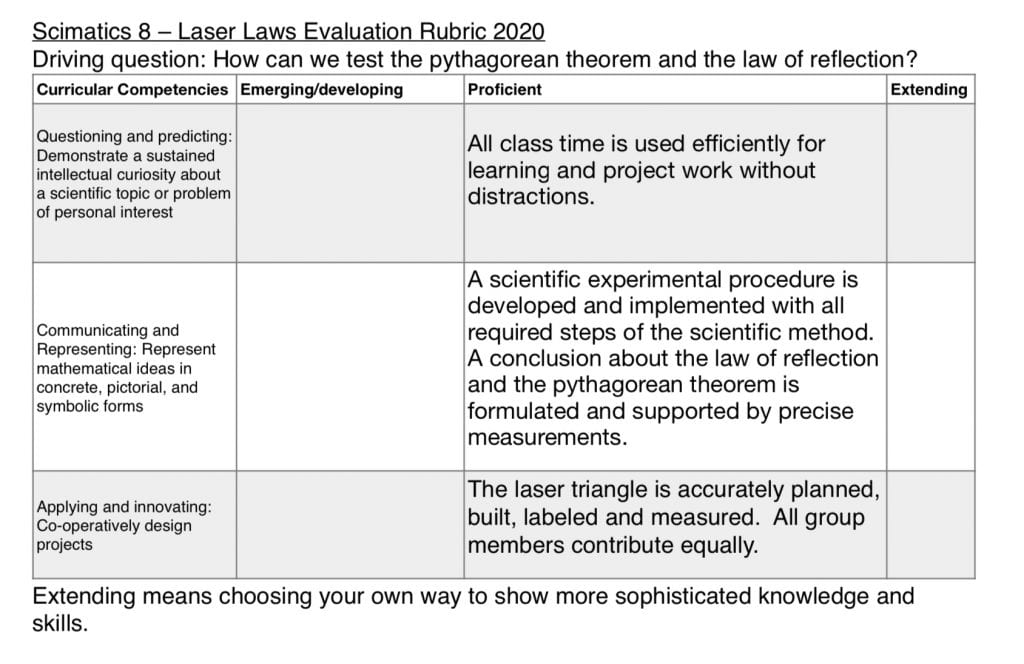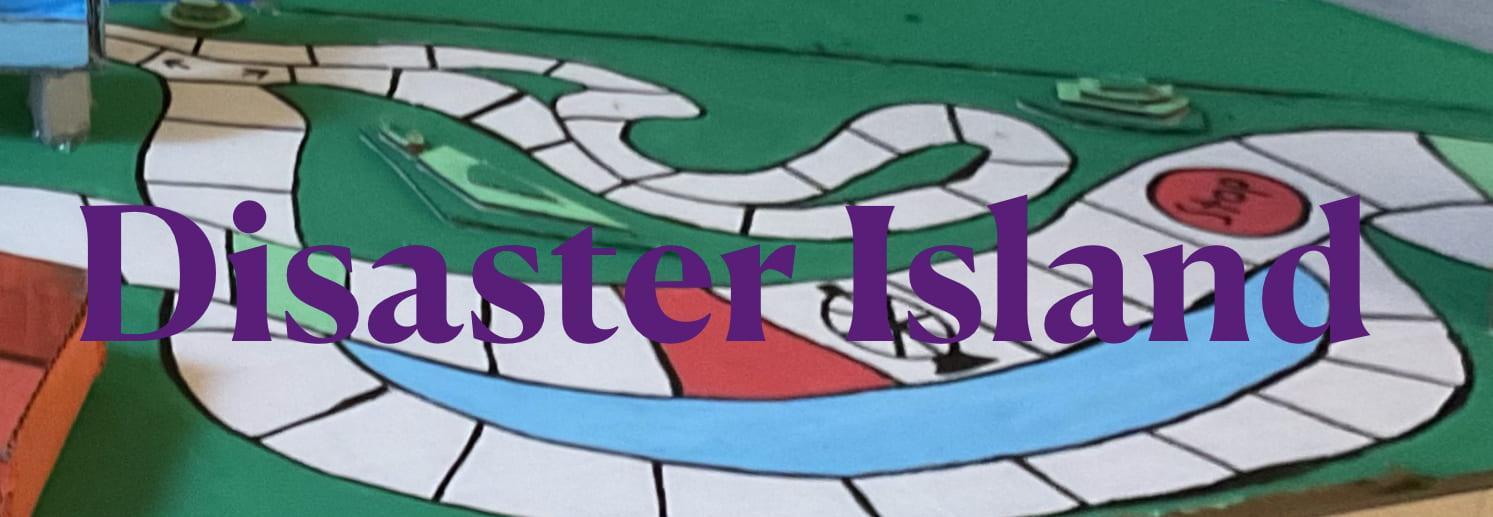Welcome back! It’s been a while since my last blog post and I’m happy to be back. Over the last little bit, we’ve been working on a science project all about different cycles of nature and how humans impact them. The driving question for this project was “In what ways have humans impacted the delicate cycles within our local ecosystems and how can we lesson our impact?” We did a number of different things to answer this question including, learning about the earth’s different spheres, making food webs, making a bioaccumulation gif, and even a news report about wildlife management. Then to finish off the project, we made social media posts to raise awareness of all this.
Food Web
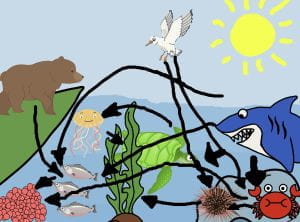
The first main thing that we did to answer the driving question was working with food webs. For this we had to make a interactive diagram in scratch that showed a food web. The food web that I made was mainly taking place in the ocean, with a few exceptions like a bear and bird. You can try out my interactive diagram here.
Bioaccumulation Gif

The second big thing that we did to answer our driving question was a gif on bioaccumulation. For this, we used the app of our choice, mine being sketches pro, to make a short animation that we used to show the process of bioaccumulation. This proved to be the most challenging/time consuming part of this unit.
News Report
Another one of the main things that we did to answer the driving question was make a news report on wildlife management. Every group was given a different example of a wildlife management technique to base their news report off of. My group was assigned the overpopulation of the sea urchins and how they are affecting the kelp forests.
Social Media Posts
For the final part of this unit, we made social media posts on what we had learned. These weren’t real posts, we made them on a website that created fake instagram posts, but the information that we were saying was very real. I had a posts on the earth’s spheres, the carbon cycle and human’s effect on it, wildlife management, bioaccumulation, and food webs.
So, In what ways have humans impacted the delicate cycles within our local ecosystems and how can we lessen our impact? As I’ve talked about and shown throughout this post, there are many ways that people have affected these cycles and our ecosystems. Wether it’s with pollution impacting something like the carbon cycle, or us killing a bunch of sea urchins to try and manage populations, we need to be careful. Things that we do on a daily basis can contribute to all of these things in positive and not so positive ways. To lessen our impact on these ecosystems and cycles, we have to start being more wary of our futures. We need to start making eco friendly decisions and using eco friendly products. When it comes to things like wildlife management, there’s not a lot that we can do differently because it’s more of a morals thing. Overall, we need to start being careful with how we impact the world with it’s cycles and ecosystems so we can have a better place to live.
















